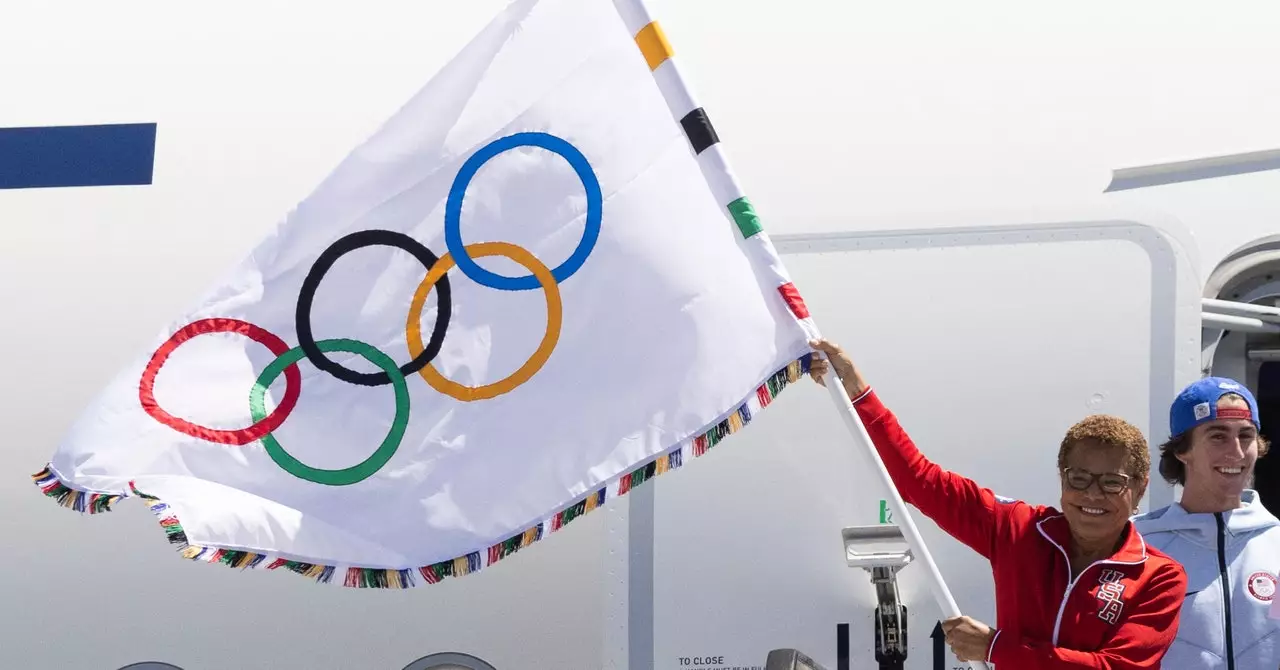Los Angeles has long been synonymous with traffic congestion, dating back to the mid-1940s when commuters were faced with only two options: drive or take a public bus. The city soon became notorious for its gridlocked streets, with reports of people resorting to placing household items like refrigerators and desks in their cars to pass the time during lengthy commutes. Movies like Falling Down, Clueless, and La La Land have all highlighted the unique challenges of driving in LA, painting a vivid picture of the city’s traffic woes.
When Los Angeles hosted the Summer Games in 1984, traffic management was a major concern. However, organizers were able to successfully navigate the city’s streets by encouraging over 1 million people to use public transportation and coordinating truck deliveries during off-peak hours. Fast forward to the upcoming 2028 games, and the city faces an even greater challenge with 50 percent more athletes and thousands more spectators expected to descend upon LA. Simply relying on plans from the past won’t suffice this time around.
In response to the growing traffic woes, LA has been investing billions in rebuilding a more robust public transportation system. Alongside buses, the city now boasts four light-rail lines and two subways, tracing the routes of the once-popular electric trolleys. For the 2028 Olympics, several key improvements are in the works, including connecting airport terminals to the rail system, increasing the number of buses on the roads, and expanding bicycle lanes throughout the city. However, some initiatives like the proposed bike path along the Los Angeles River are still pending environmental approval.
Organizers are optimistic about pulling off a car-free Olympics by making driving and parking conditions so challenging that attendees will have no choice but to rely on public transportation. While this temporary shift towards a more transit-friendly mindset may be successful during the Games, the long-term impact remains to be seen. Will LA be able to sustain a shift away from its car-centric culture once the Olympics have ended?
Overall, Los Angeles is in the midst of a transportation transformation that aims to alleviate the city’s infamous traffic congestion. Whether these efforts will lead to a lasting legacy of improved public transportation remains uncertain, but the 2028 Olympics will undoubtedly serve as a litmus test for the city’s ability to navigate its traffic challenges.

